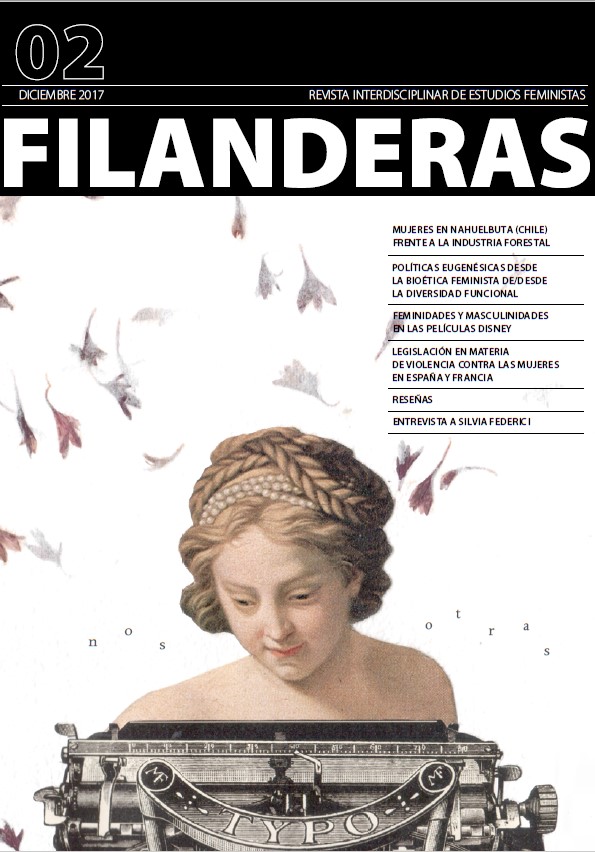Symbolizing, signifying and marking through gathering: gender strategies to face the forest industry in Nahuelbuta (Chile)
DOI:
https://doi.org/10.26754/ojs_filanderas/fil.201722307Keywords:
Forest Industry, Agroecology, Common Goods, Non-Wood Forestry Products (NWFP), TerritorializationAbstract
Plantations of pine and eucalyptus occupy more than 60% of the land area of the Lower Border of Nahuelbuta, coastal territory in south-central Chile. This is perceived by some Mapuche and peasant sectors as a mechanism of dispossession, which is preceded by historical agrarian, ethnic and environmental struggles. To contest the ecological and water crisis and the destructions of local living economies caused by this industrial monoculture model, some women's associations are developing territorialization strategies. They are based in the generation of social economy networks, the recovery of traditional and local knowledge around wild fruits, the restoration of reciprocity practices and the defense of the fundamental rights. These local strategies led by rural women are enrolled in a complex global arena where many social actors dispute the appropriation of social imaginaries and the use of common goods.
Display downloads
Downloads
Published
Issue
Section
License
Authors who publish in this journal agree to the following terms:
They retain authorship rights and grant the journal the right to be the first publication of the work as well as license it under a Creative Commons Attribution-BY-NonCommercial 4.0 International that allows others to share the work without any commercial purpose and an acknowledgement of authorship of the work and initial publication in this journal. As the Creative Commons standards define, "this license enables reusers to distribute, remix, adapt, and build upon the material in any medium or format for noncommercial purposes only, and only so long as attribution is given to the creator. CC BY-NC includes the following elements:
- BY: credit must be given to the creator.
- NC: Only noncommercial uses of the work are permitted".
How to Cite
Accepted 2017-12-18
Published 2017-12-04





